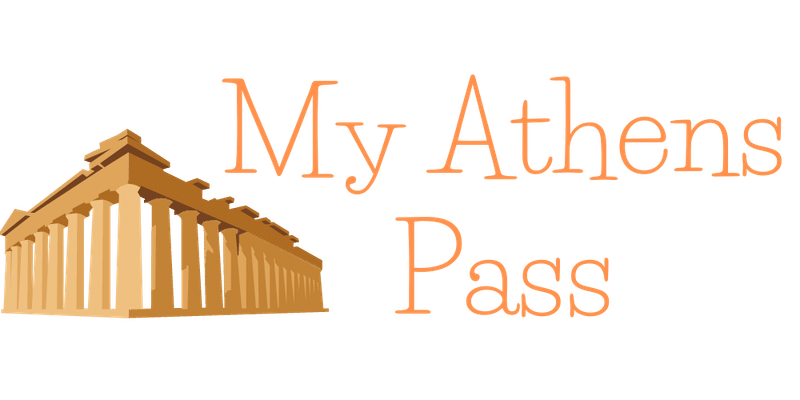Overview of Kerameikos Athens
History Of Kerameikos Athens
- Kerameikos was an ancient Athenian neighborhood located northwest of the Acropolis, named after the pottery workshops that were prevalent in the area.
- It was one of the most important cemeteries of Athens, dating back to the Bronze Age.
- In the 5th century BC, the Athenians built a city wall that incorporated the Kerameikos area, and it became a residential district.
- The area was destroyed by the Persians in 480 BC but was later rebuilt and became a center of pottery production and trade.
- During the Roman period, the area continued to be used as a cemetery, and many elaborate tombs and mausoleums were built.
- In the 19th century, extensive excavations were carried out in the Kerameikos area, revealing many ancient remains, including a large section of the city wall and numerous tombs.
- Today, the Kerameikos archaeological site is open to the public and includes a museum that displays many of the artifacts found during the excavations.
Things To See At Kerameikos Athens
The walls of the ancient city were dotted with several gates, each with its own name and function. The most impressive gate at Kerameikos is the Dipylon Gate, which served as the main entrance to Athens. It was built in the 5th century BC and is decorated with intricate carvings.
Book Now - Acropolis Of Athens Tickets
Kerameikos was also the site of the ancient Athenian cemetery, where the city's citizens were laid to rest. Many of the tombstones and funerary monuments still stand, giving visitors a glimpse into the customs and beliefs of the ancient Greeks. The cemetery was in use from the 8th century BC to the Roman period.
Also Checkout - Lindos Acropolis
The Kerameikos Museum is a small but informative museum located on the site. It houses artifacts found during excavations, including pottery, jewelry, and sculptures. The museum provides a great introduction to the history and culture of ancient Athens.
The Sacred Way was the route taken by the procession during the Eleusinian Mysteries, an important religious festival in ancient Athens. It passed through Kerameikos and was lined with statues and monuments. Today, visitors can walk along the Sacred Way and see some of the remaining statues and monuments.
Kerameikos was also home to the city's potters, and the area became known as the Potters' Quarter. Visitors can still see the remains of ancient pottery workshops and kilns, as well as a reconstructed kiln that demonstrates how the potters would have worked.
The Stoa of Kerameikos was a covered walkway that ran along the Sacred Way. It was built in the 5th century BC and was used as a place for merchants to sell their wares during festivals. Today, visitors can see the remains of the Stoa, including some of its columns and the foundation.
The Eridanos River, which runs through Kerameikos, was an important water source for ancient Athens. Visitors can see the remains of the river, including the ancient stone bridges that crossed it.
Know Before You Go to Kerameikos Athens
How To Reach:
Metro: The Kerameikos metro station is located on line 3 (blue line) and provides direct access to the site. From the station, it is just a short walk to the entrance of the archaeological site.
Bus: Buses 035, 049, 227, and 500 all have stops near the Kerameikos site.
Tram: The Athens tram system also has a stop at the Kerameikos site.
Walking: For those staying in the central Athens area, Kerameikos is easily accessible by foot. The site is located just a short walk from the Monastiraki and Thissio areas.
Taxi or ride-sharing services: Taxis and ride-sharing services like Uber are also readily available in Athens and can be used to get to the Kerameikos site.
Best Time To Visit:
The best time to visit Kerameikos Athens is during the spring and fall months, from March to May and from September to November. During these months, the weather is mild and pleasant, making it comfortable to explore the site on foot. Additionally, there are fewer crowds during these months, which means you can fully immerse yourself in the history and beauty of the area without feeling rushed or crowded. The summer months, from June to August, can be quite hot and crowded, while the winter months, from December to February, can be cold and rainy.
FAQ’s
What are the opening hours of Kerameikos Athens?
Kerameikos is open daily from 8:00 am to 3:00 pm, except for Mondays when it is closed.
How much is the admission fee for Kerameikos Athens?
The admission fee for Kerameikos is €8 for adults and €4 for students and seniors. Admission is free for children under 18 years old.
Is it necessary to book a guided tour for Kerameikos Athens?
It is not necessary to book a guided tour, but it is recommended to enhance your experience and understanding of the site's history and significance.
Must Checkout: Temple of Olympian Zeus
Can I bring food and drinks inside Kerameikos Athens?
No, food and drinks are not allowed inside the archaeological site.
Is Kerameikos Athens wheelchair accessible?
The site is partially wheelchair accessible, but some areas may be difficult to navigate due to uneven terrain and steps.
Are pets allowed inside Kerameikos Athens?
No, pets are not allowed inside the archaeological site, except for guide dogs.
Must Checkout: Temple of Zeus Tickets

